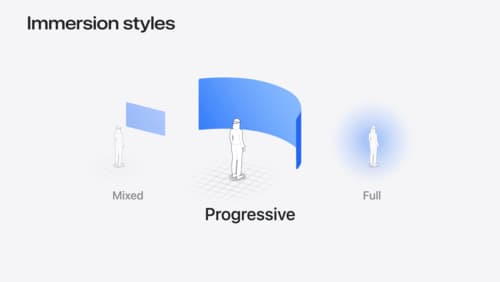resize pixel buffer
Asked on 2024-08-12
1 search
It seems like you're interested in resizing pixel buffers, which is a topic that can relate to rendering and graphics optimization. At WWDC 2024, there were several sessions that touched on related topics:
-
Bring your iOS or iPadOS game to visionOS: This session discussed using viable rasterization rates (VRR) to improve rendering efficiency by adjusting the resolution based on the camera transform. This technique can help manage pixel buffer sizes by varying resolution across the screen. You can learn more about this in the session Bring your iOS or iPadOS game to visionOS.
-
Optimize your 3D assets for spatial computing: This session covered efficient texture use and texture packing, which can help reduce the size of assets and potentially impact how pixel buffers are managed. You can explore this topic further in the session Optimize your 3D assets for spatial computing.
If you have a specific question about resizing pixel buffers or need more detailed information, feel free to ask!

Build a spatial drawing app with RealityKit
Harness the power of RealityKit through the process of building a spatial drawing app. As you create an eye-catching spatial experience that integrates RealityKit with ARKit and SwiftUI, you’ll explore how resources work in RealityKit and how to use features like low-level mesh and texture APIs to achieve fast updates of the users’ brush strokes.

Optimize your 3D assets for spatial computing
Dive into an end-to-end workflow for optimized 3D asset creation. Discover best practices for optimizing meshes, materials, and textures in your digital content creation tool. Learn how to harness shader graph, baking, and material instances to enhance your 3D scene while optimizing performance. Take advantage of native tools to work more effectively with your assets and improve your app’s performance.

Dive deep into volumes and immersive spaces
Discover powerful new ways to customize volumes and immersive spaces in visionOS. Learn to fine-tune how volumes resize and respond to people moving around them. Make volumes and immersive spaces interact through the power of coordinate conversions. Find out how to make your app react when people adjust immersion with the Digital Crown, and use a surrounding effect to dynamically customize the passthrough tint in your immersive space experience.
